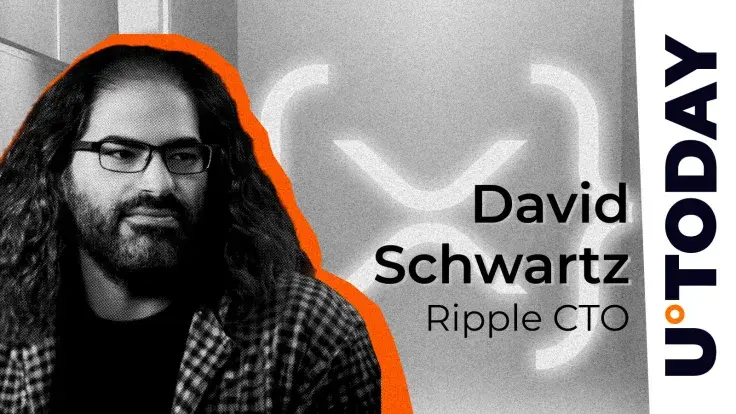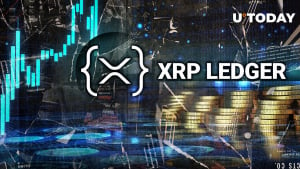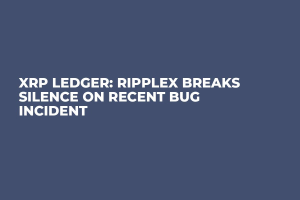
Disclaimer: The opinions expressed by our writers are their own and do not represent the views of U.Today. The financial and market information provided on U.Today is intended for informational purposes only. U.Today is not liable for any financial losses incurred while trading cryptocurrencies. Conduct your own research by contacting financial experts before making any investment decisions. We believe that all content is accurate as of the date of publication, but certain offers mentioned may no longer be available.
Amid ongoing debates about the decentralization of the XRP Ledger (XRPL), Ripple CTO David Schwartz recently weighed in with an intriguing perspective that challenges critics' misconceptions.
An X user had claimed that Ripple maintains a central axis of control over the XRPL. In response, Schwartz offered a thought-provoking hypothetical to demonstrate Ripple's approach to governance and impact on the XRP Ledger.
Schwartz asked his X followers to consider any realistic hypothetical: "Imagine a large contingent of XRPL users and developers want to add privacy features to XRPL that Ripple believes could harm its business interests." He posed a pointed question: "What will happen? Do you think you know because I don't." With this, Schwartz highlighted the uncertainty inherent in any decentralized ecosystem, where various stakeholders may have conflicting priorities.
Instead of exerting direct control, Schwartz explained that Ripple’s strategy would rely on persuasion. "But I can tell you one thing: The two tools Ripple would use the most are convincing people that the XRPL is better for everyone without those features and convincing people that at least in this case, what's good for Ripple is good for XRPL."
Decentralization debate continues
Not convinced by this explanation, the X user asked if Ripple recommends the adoption of its UNL, that it might create a centralized system.
Schwartz answered that to resolve the double spend problem — a core challenge for any digital payment network — a level of scarcity among validators is essential: "Because to resolve the double spend problem, you need something scarce. Otherwise, there would be no way to know when you reached consensus. Consider an attacker creating millions of nodes that just don't reach consensus with each other."
As a decentralized, public blockchain, any changes to the XRP Ledger that affect transaction processing or consensus must be approved by 80% of the network. Ripple contributes to the network, but its rights are the same as other contributors. In terms of validation, the network has over 150 validators, with over 35 on the default Unique Node List; Ripple only runs one of these nodes.
Another distinguishing feature of the XRP Ledger network is that it is opt-in. Each participant, directly or indirectly, selects their UNL. If Ripple ceases operations, participants can move their UNLs to a list from a different publisher.


 Dan Burgin
Dan Burgin Vladislav Sopov
Vladislav Sopov U.Today Editorial Team
U.Today Editorial Team